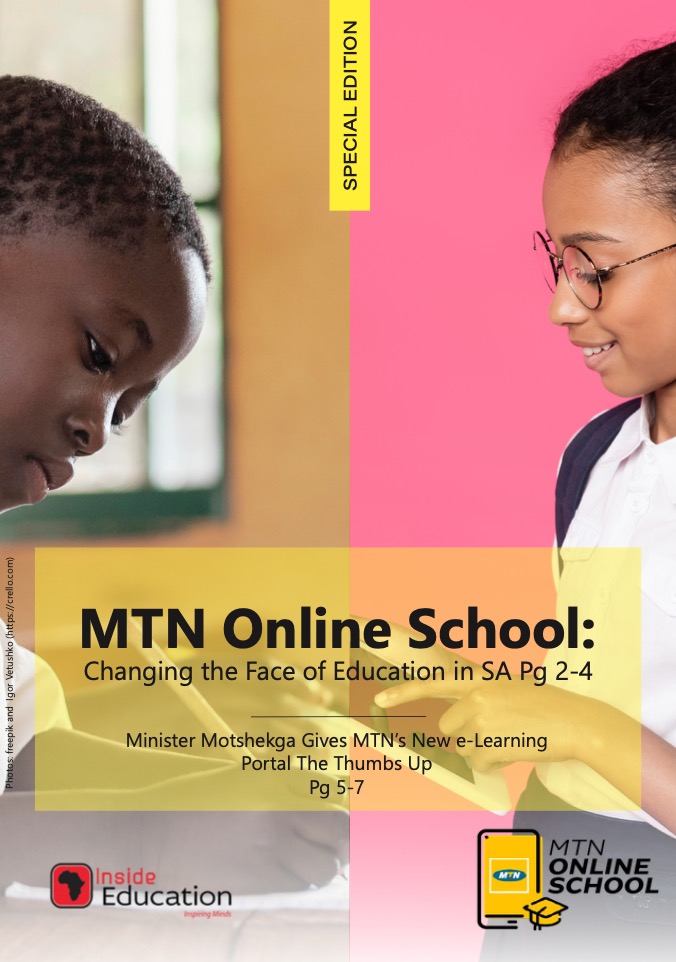By Johnathan Paoli
The 2026 NSFAS application cycle will officially open at the University of Pretoria on Tuesday.
Higher Education and Training Minister Buti Manamela has placed the National Student Financial Aid Scheme (NSFAS) at the heart of government’s plans for a smooth start to the 2026 academic year, announcing measures to stabilise student funding, expand access, and address longstanding challenges such as accommodation, fraud, and the inclusion of the “missing middle.”
Speaking at a briefing in Pretoria on Monday, Manamela stressed that readiness for the 2026 academic year meant more than administrative checklists.
“Readiness is about the lived experience of every student and family in South Africa: that when the new year begins, the doors of learning and culture truly open – fairly, on time, and without unnecessary barriers,” he said.
The minister acknowledged the turbulence of the 2025 academic year, where over 54,000 students faced blocked registrations due to a R13.3 billion shortfall.
Emergency reprioritisation allowed the government to cover the backlog, unblocking 34,000 registrations and enabling 15,000 second-semester students to continue their studies.
NSFAS CEO Waseem Carrim confirmed that all affected students are now being reinstated.
“Immediately post this briefing, NSFAS will be releasing a circular to the university sector to allow all students with blocked registrations to be confirmed as registered for the 2025 academic year,” Carrim said, adding that student accommodation providers will now also receive long-delayed payments.
Carrim praised those landlords who housed students despite the non-payment crisis but cautioned against “unscrupulous providers” who exploited the system.
To counter abuse, NSFAS has released a draft Student Accommodation Protocol that mandates placement within four hours of arrival on campus and sets clear rules for claims.
The protocol is out for comment and will be finalised before 2026.
The 2026 NSFAS application cycle will officially open at the University of Pretoria on Tuesday.
The new process promises greater efficiency through the myNSFAS online portal, real-time updates, and automatic verification with Home Affairs, SARS, and SASSA.
“NSFAS remains one of the largest instruments of social justice in post-apartheid South Africa. Through this scheme, close to a million students are supported every year,” Manamela said.
Applications for 2026 will continue to target households with a combined income of up to R350,000 for bursaries, while the “missing middle”, families earning between R350,000 and R600,000, can apply for NSFAS-administered loans. Students with disabilities qualify if their household income is below R600,000.
The minister warned against fraudulent applications, which in previous years saw up to 40,000 students accessing funds illegally.
“We are now able to check if your parents are alive, what they earn, and whether you qualify. Fraudulent applications are theft, and we will act against them,” Manamela cautioned.
Responding to questions on funding sustainability, Manamela reaffirmed the government’s commitment to fee-free higher education for poor and working-class students while also developing a comprehensive funding model for the missing middle.
“Some students were applying for both bursaries and loans, and many were migrated into bursaries. But we’ve also seen households pushed into bursary eligibility because of the rising cost of living,” he said.
The minister said discussions with the Treasury and the Department of Planning, Monitoring and Evaluation are underway to design a sustainable model, noting that the country requires about R75 billion annually for student funding, with shortfalls doubling each year.
“There should be no holy cows in this discussion. Either we renege on fee-free higher education or we commit resources. We cannot leave students on a cliffhanger every year,” Manamela said.
Accommodation remains one of the most pressing challenges. Thousands of students were left stranded in 2025, with some sleeping in libraries or overcrowded housing.
Carrim said planning for 2026 has already begun.
“We have estimated numbers of students who will require accommodation and set in place a process to ensure sufficient capacity at every institution. The new protocol will ensure that no student is left without a bed.”
Manamela emphasised that readiness for 2026 was not only about universities, which will have space for about 235,000 first-year students, but also about Technical and Vocational Education and Training (TVET) colleges and Community Education and Training (CET) colleges.
TVET students will continue to be fully funded by NSFAS, including tuition, registration, and allowances.
CET colleges, serving over 130,000 learners, will also be supported with lecturer training, expanded programmes, and digital tools.
To prevent disruptions in 2026, government has established a “War Room” that will meet weekly with NSFAS, institutions, student leaders, and quality councils to resolve emerging issues rapidly.
As over 815,000 Grade 12 learners prepare for their final examinations, the minister acknowledged that only about half can be absorbed into the post-school system next year.
INSIDE EDUCATION







